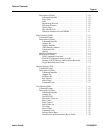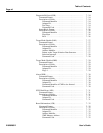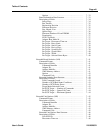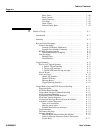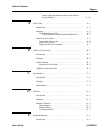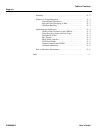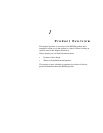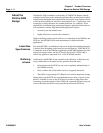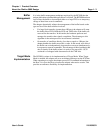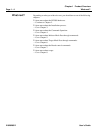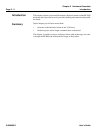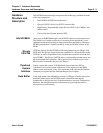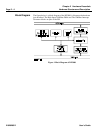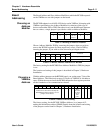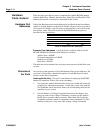
User’s Guide 21020285 D
Chapter 1 Product Overview
About the Rimfire 3880 Design Page 1 - 3
Buffer
Management
It is in the buffer management technique employed by the RF3880 that the
unique dedication to bandwidth applications is realized. The RF3880 hardware
logic allows the buffer to be managed either as a large FIFO or as temporary
storage of data from several commands.
The adapter dynamically adjusts the management of the buffer based on the
type and size of the data transfers involved.
• For large block transfers (greater than 4 Kbytes) the adapter will setup
the buffer like a FIFO. Both the SCSI and VME sides of the buffer are
reserved for the transfers. In this mode, the hardware performs and
manages the transfer, then signals completion. The advantage to this
algorithm is that microprocessor involvement is minimal.
• On transfers of small data blocks, (less than or equal to 4 Kbytes) the
adapter handles the buffer more like a cache. In this mode, each side of
the buffer can act independently; data transfers can occur simultaneously,
in response to separate commands. The advantage of this algorithm is that
data is already in the buffer when it is ready to be processed—SCSI
overhead is overlapped with data transfer on the VME side.
Target Mode
Implementation
The RF3880 is unique in its implementation of Target Mode. When Target
Mode is enabled, the adapter can act as an initiator and target on the SCSI bus.
When operating as a target, the adapter passes SCSI command information to
the Host. It is up to the Host to instruct the adapter what action to take. This
provides an enormous flexibility for implementation.



